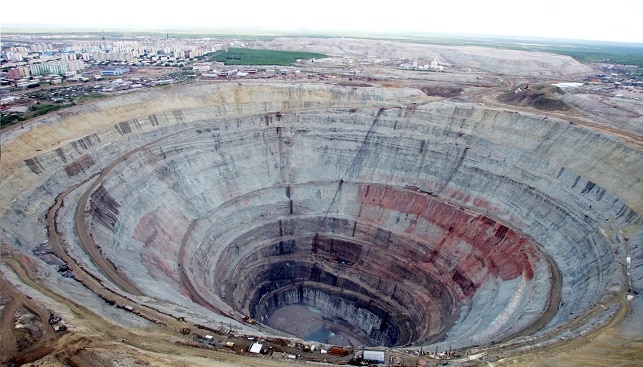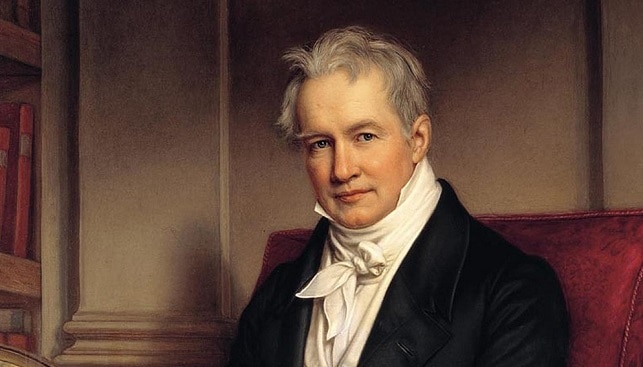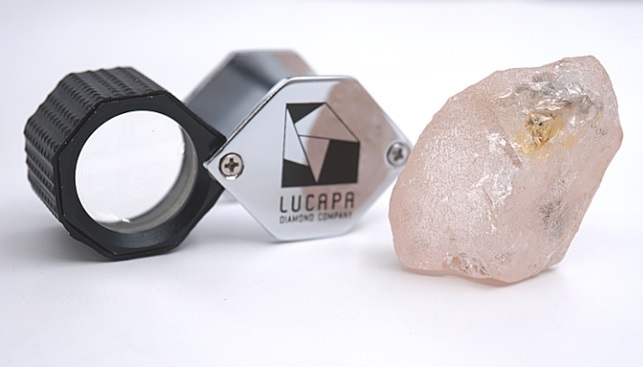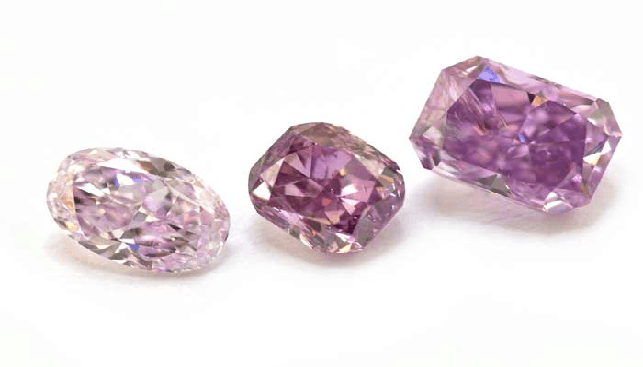Russia is considered one of the largest diamond producers in the world. Some 99% of the diamonds produced in Russia come from the Yakutia province in Siberia and 1% come from the Ural Mountains. Prior to diamonds being discovered in Yakutia, Russia mined diamonds exclusively in the Ural Mountains, considered the cradle of diamonds in the country. But how were diamonds discovered in the Urals, where the origin of kimberlite remains unknown to this day?
Launching the Search
Eighteen-century Russia was one of the world’s largest exporters of ore and its leading iron producer, but the work in the mines subscribed to the rigid feudal system and was carried out using obsolete methods of production, prompting the depletion of several mines. Tsar Nicholas I commissioned an expedition to discover new mineral resources and asked Prussian geographer and geologist Alexander von Humboldt (1769-1859), one of the most renowned scientists and geologists of the time, with heading a mission to find new gold, platinum and precious metals deposits across the Russian Empire.
Diamonds and Gold Deposits
Humboldt had learned during his years of work that some minerals deposits appear, for the most part, side by side, and knew that in many cases, diamonds deposits were found in the vicinity of gold and platinum deposits.
Humboldt, who gained this geological knowledge during his trips to South America, applied what he knew to the Russia expedition. The gold and platinum deposits found in the Ural Mountains were similar to those found in South America, and Humboldt was convinced that meant there were untapped diamond deposits in Russia. He was so convinced of that fact that during one of his meetings with Tsarina Alexandra in St. Petersburg, he vowed he would bring her diamonds back from his journey.
The Discovery of the First Diamond in Russia
Humboldt searched for diamonds at every mine he found, filtering the ground and examining it with a magnifying glass. Everyone thought he was crazy, earning him the nickname “crazy Prussian Prince Humboldt.” Still, he was able to infect some of the members of his team with his enthusiasm and dedication.
One of them was Count Folier, an acquaintance of Humboldt who had joined the expedition en route to his wife’s estate near Yekaterinburg. On July 1, 1829, Folier left the expedition to go to the estate, whose grounds included gold and platinum mines. Inspired by Humboldt, he ordered his men to start looking for the precious gem immediately. A few hours after his arrival, the first diamond was discovered in the Urals. Folier made the matter public and within a month, 37 diamonds were discovered in Russia, proving Humboldt’s predictions were accurate.

Commercial Diamond Mining in Russia
Over the years, isolated diamonds deposits were discovered in the Ural Mountains, but it was not until 1973 that a systematic canvass of the area was conducted, leading to economic mining. To date, however, the source of the kimberlite in the Ural Mountains has yet to be discovered.
In 1954, mineralogist Larisa Popogayeva found the first kimberlite chimney, Tsarnica, in the heart of the Siberian wilderness. A year later, the chimneys of Mir and Dachenia, two of the largest kimberlite deposits in the world, were discovered.
About Alexander von Humboldt
Humboldt, described by his contemporaries as “the most famous person in the world after Napoleon and the greatest man since the Great Flood,” Prussian aristocrat. As a young man, he embarked on a dangerous journey to South America (1799-1804) that reshaped his worldview. A polymath, Humboldt penned dozens of books, most famous of which named “Cosmos” of a variety of subject, which were published in a dozen languages and were so popular that people bribed booksellers for the right to purchase their copies first. He lived in Paris and Berlin, wrote about 50,000 letters, and received double that number.
Humboldt was known to have a phenomenal memory, which enabled him to compare the findings he discovered on various sites. Among other things, he invented the isotherms – the temperature lines we see on weather maps; he discovered the magnetic equator, and came up with the notion of vegetation and climate zones. He was also the first scientist to speak about human-induced climate change.
He was admired by scientists such as naturalist Charles Darwin, philosophers like Johann Wolfgang von Goethe and statesmen such as Simon Bolivar, to name a few. His ideas revolutionized the sciences, ecology, politics and the arts.
To this day, more things are named after Humboldt than anyone else in history, including cities, rivers, lakes, mountain ridges, parks, waterfalls, hundreds of plants and animals, ocean currents, and even an area on the moon: Mare Humboldtianum, along the planet’s northeastern limb.
Written by Iris Hortman
















